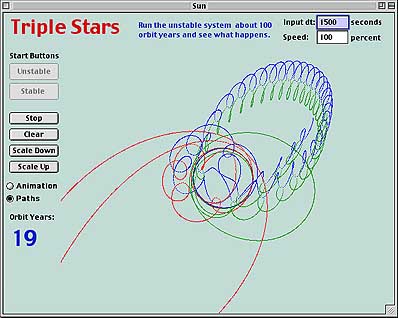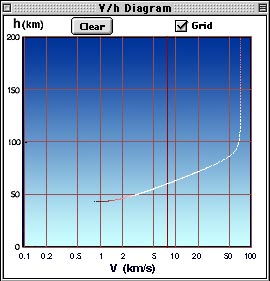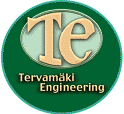|
||||||||||||||||||||
| I
have been interested in astronomy, planets and space travel since I was
very young. In 1955 when graduating from high school the exam in
Finnish language included a writing of a story in a few optional
subjects one of which was "A Journey into Space". I achieved the
highest points (laudatur) thanks to the famous book "The Conquest of
Space" by Chesley Bonestell and Willy Ley, which had been translated
into Finnish language a few years earlier (1952). This book fascinated
my mind by predicting 3 stage rocket launchers, satellites, trips to
moon and planets.
I later joined the Finnish Astronomical society "Ursa" and the American Planetary Society. When surfing the internet I frequently visit astronomical/space pages of NASA, ESA and the like plus the associated newsgroups like sci.space.news. When the computer age came I applied my newly acquired Basic programming skills to celestial mechanics, first with a Commodore 64, then with Sinclair QL (Quantum Leap) and finally with Apple Macintosh. Every time a new flavor of Basic appeared I tried it first with some sort of a planetary program. The Sinclair "Super Basic" was very advanced at the time and today the object oriented RealBasic is my programming language of choice. This page contains two examples of my space-programs. The first one was originally written for the Sinclair QL computer but has been rewritten in Macintosh RealBasic and compiled for Mac and Windows. I have placed the files on the FiMUG (Finnish Macintosh Users Group) server. The fimug-server may be down, so, be patient when trying to download the files. |
||||||||||||||||||||
Famous mathematician Lagrange wrestled with multistar systems and calculated solutions for stable systems. Download "TriStars.app.sit" for Macintosh(Intel), 1.4 Mb |
||||||||||||||||||||
 |
||||||||||||||||||||
| METEOR IMPACT.
What happens if a big meteor strikes the Earth. A catastrophe, a mass extinction? Well, may be. To simulate the initial events up to the final explosion I have created this small program where you can change the meteor properties like composition (stone, iron...), origin & speed and hit angle into the atmosphere. Small impactors will be consumed by burning in the atmosphere but bigger ones will hit the earth surface and really big ones will cause an explosion. Download "Meteor.Strike.app.zip" for Mac(Intel), 1.5 Mb |
||||||||||||||||||||
 |
||||||||||||||||||||
 |
||||||||||||||||||||
| How to use the program:
1)
The program involves two windows. The main window shows the meteor path
on the sky in two scales. This window also includes all the buttons,
sliders and input fields for the approaching meteorite type, speed and
size. |
||||||||||||||||||||
|
|
||||||||||||||||||||
|
| Composite Propeller | Safety | Hobbies| Site Map |
||||||||||||||||||||
